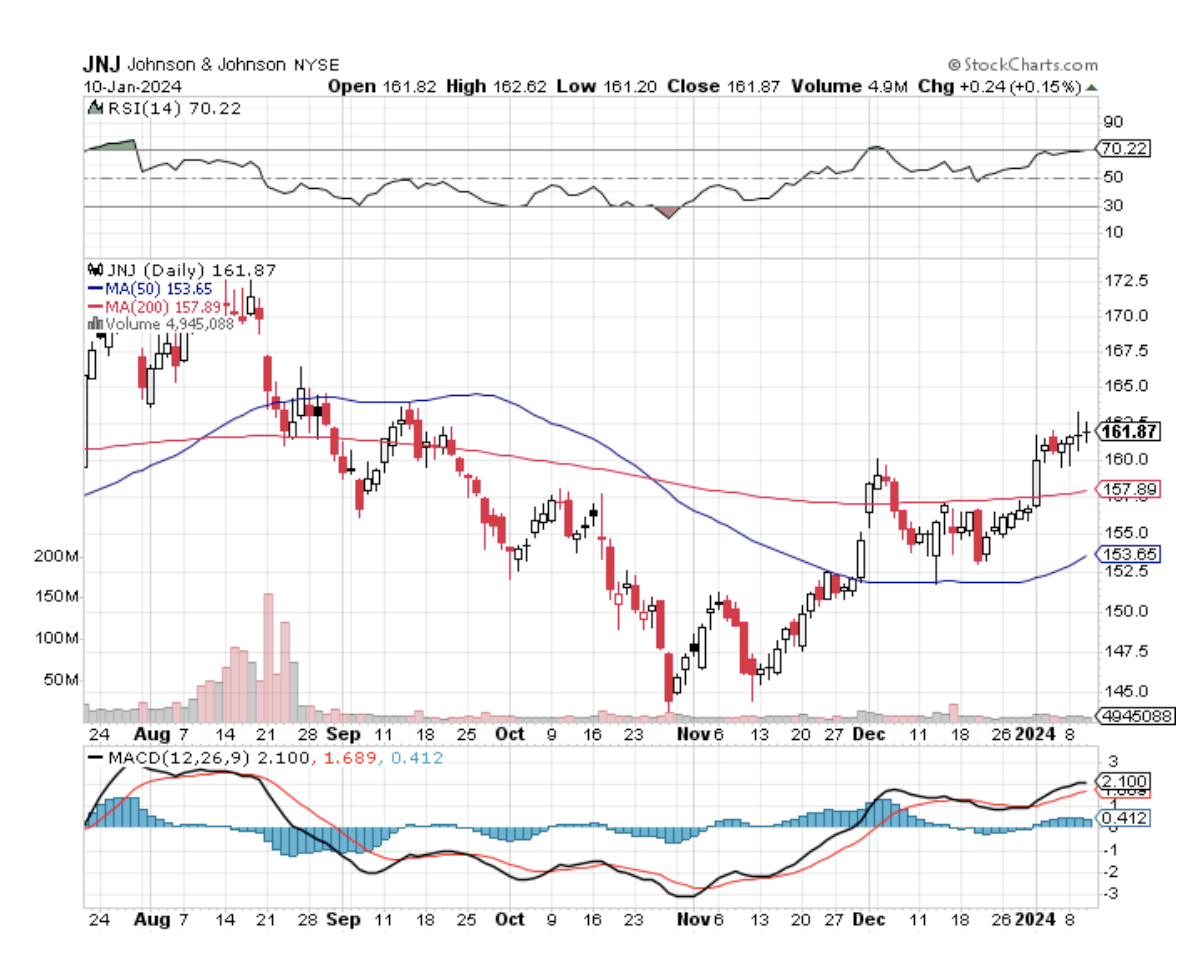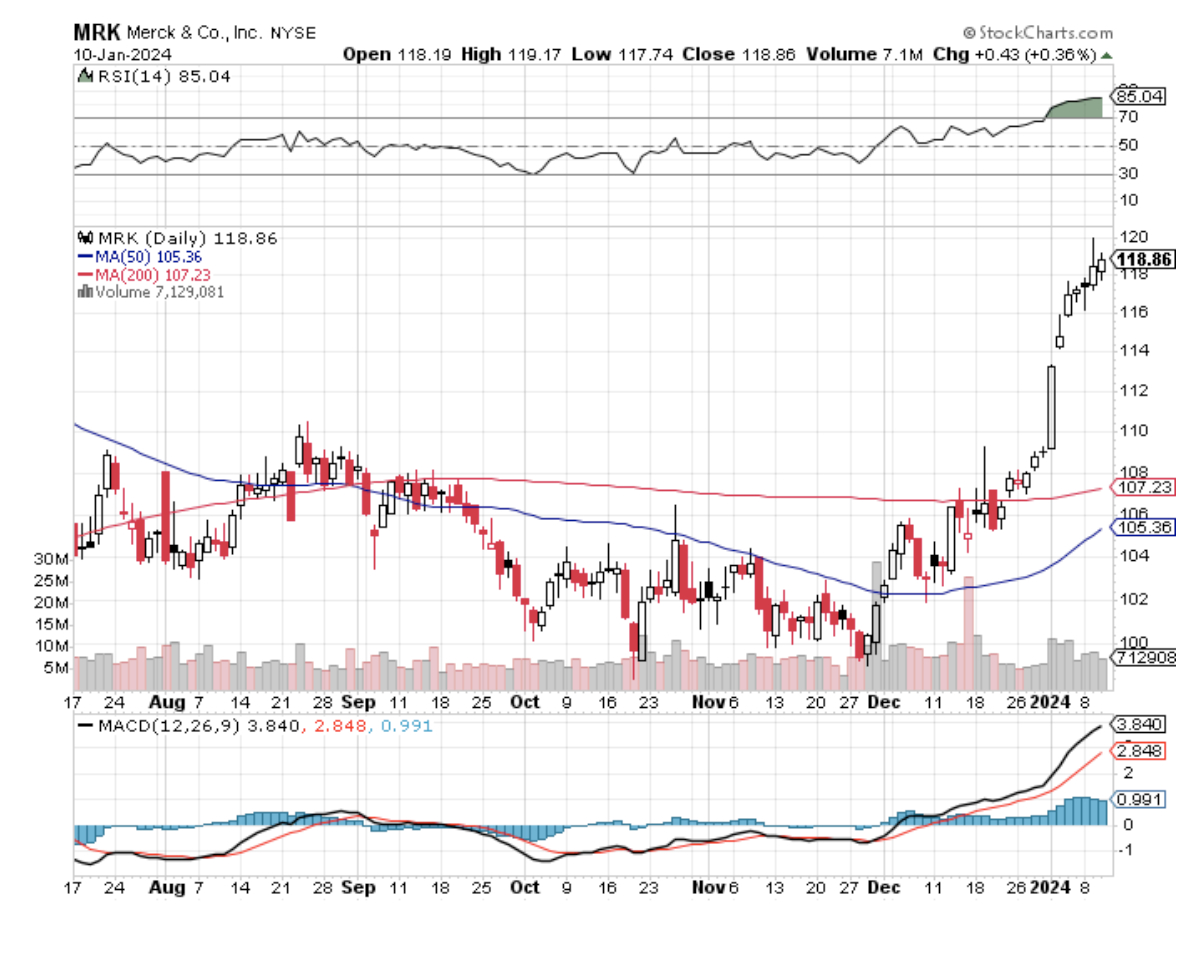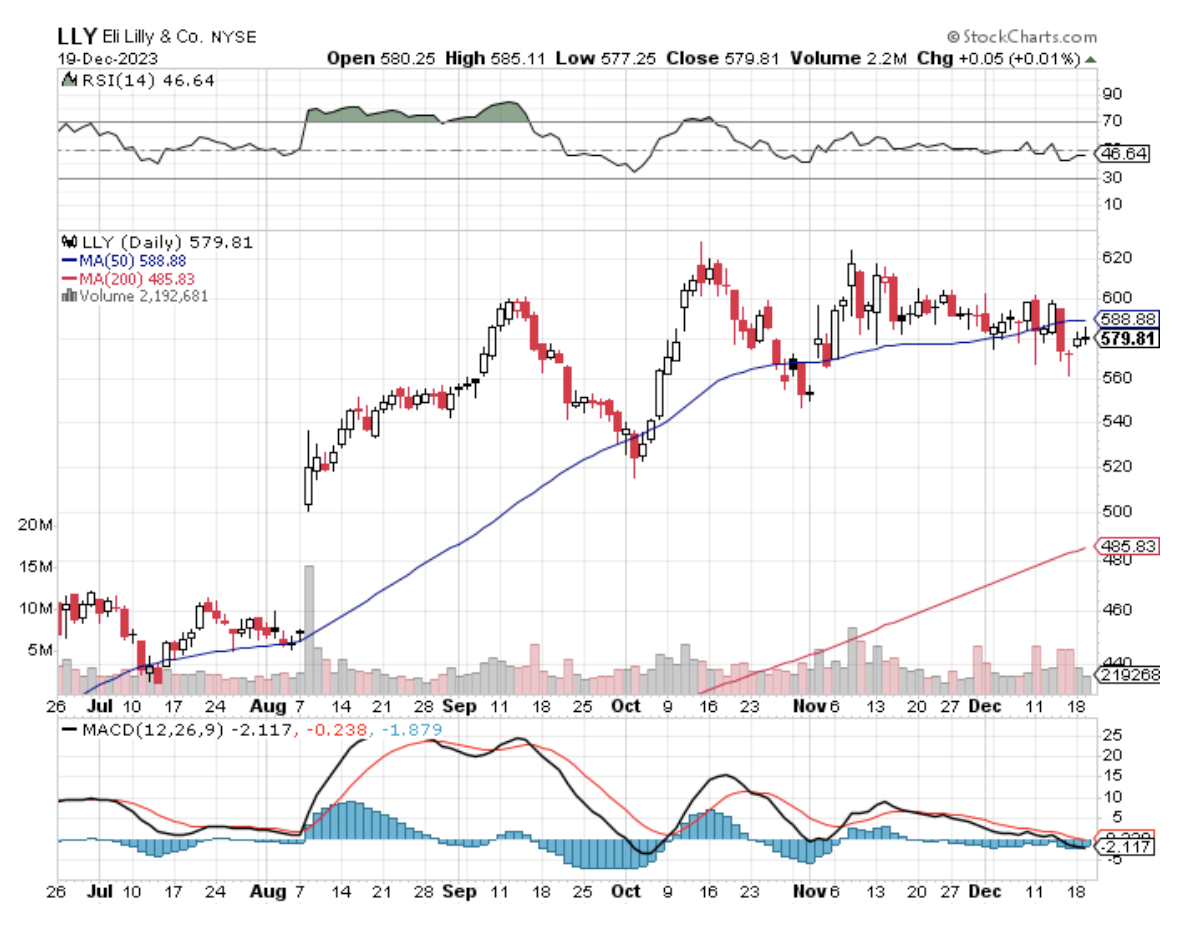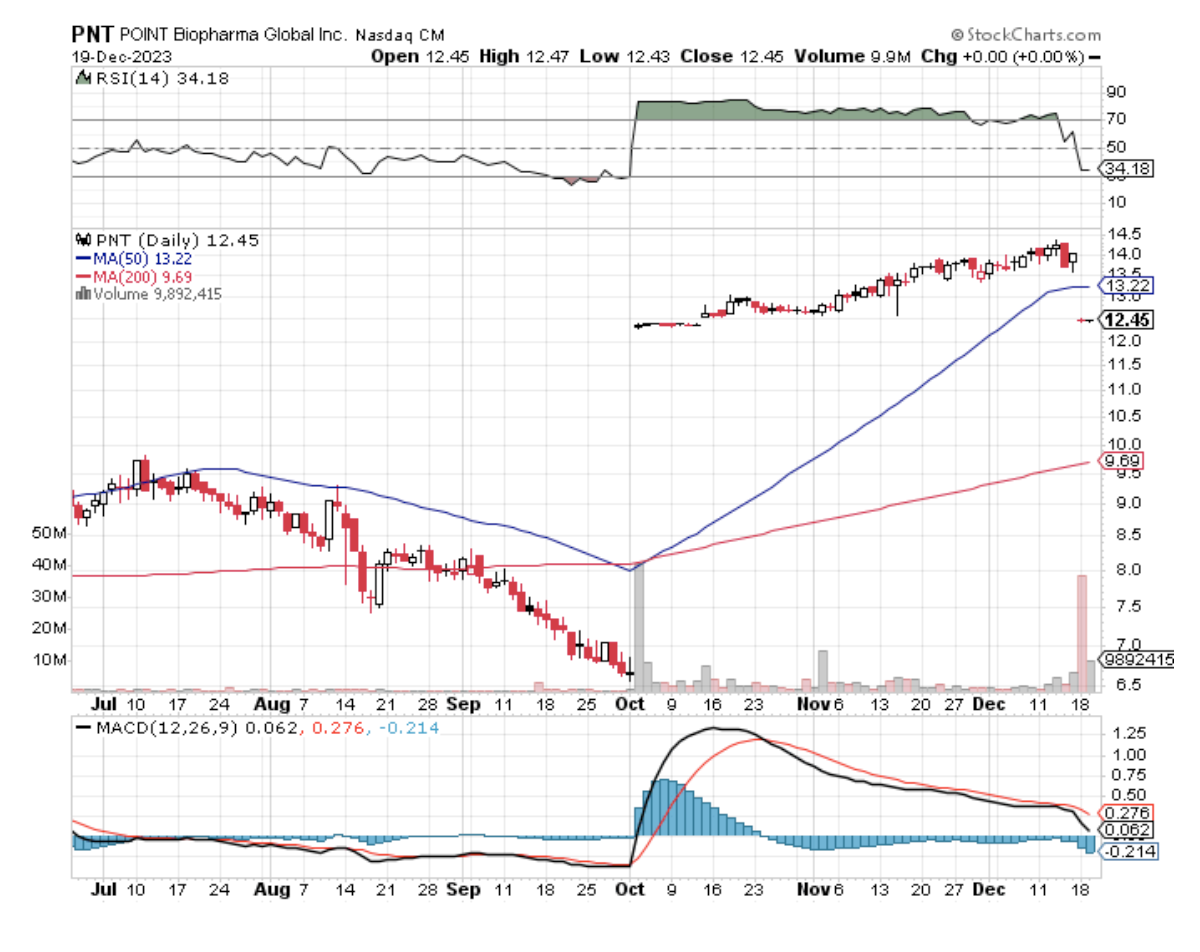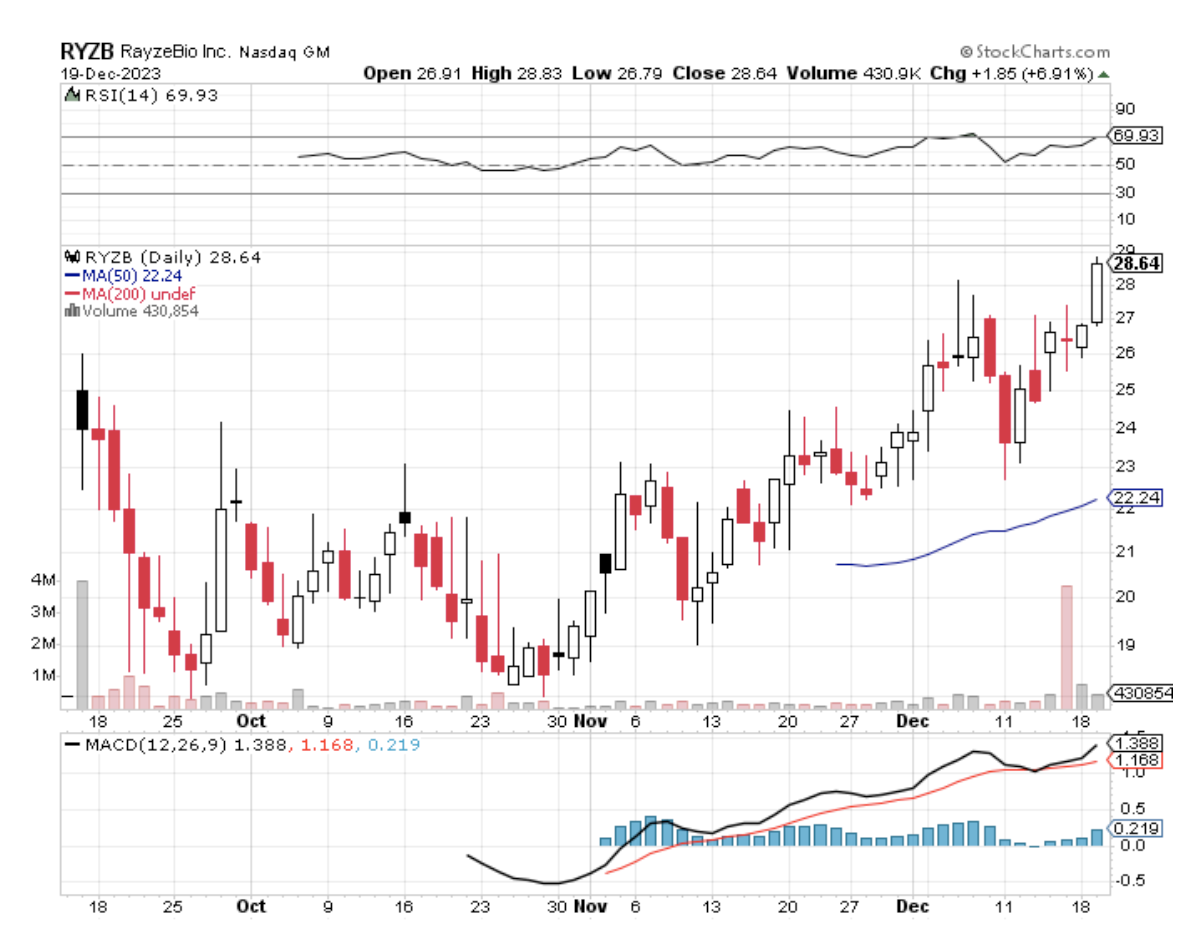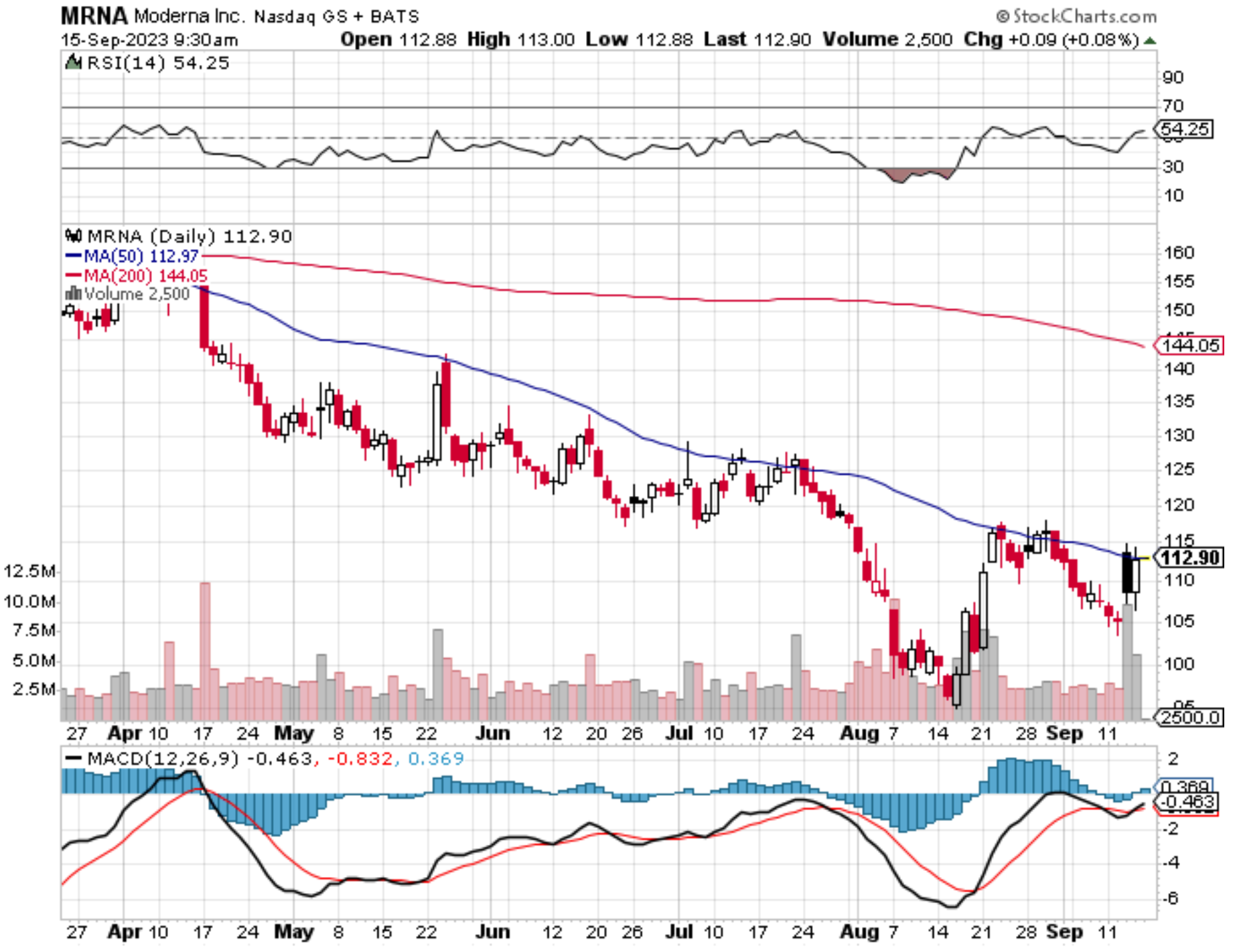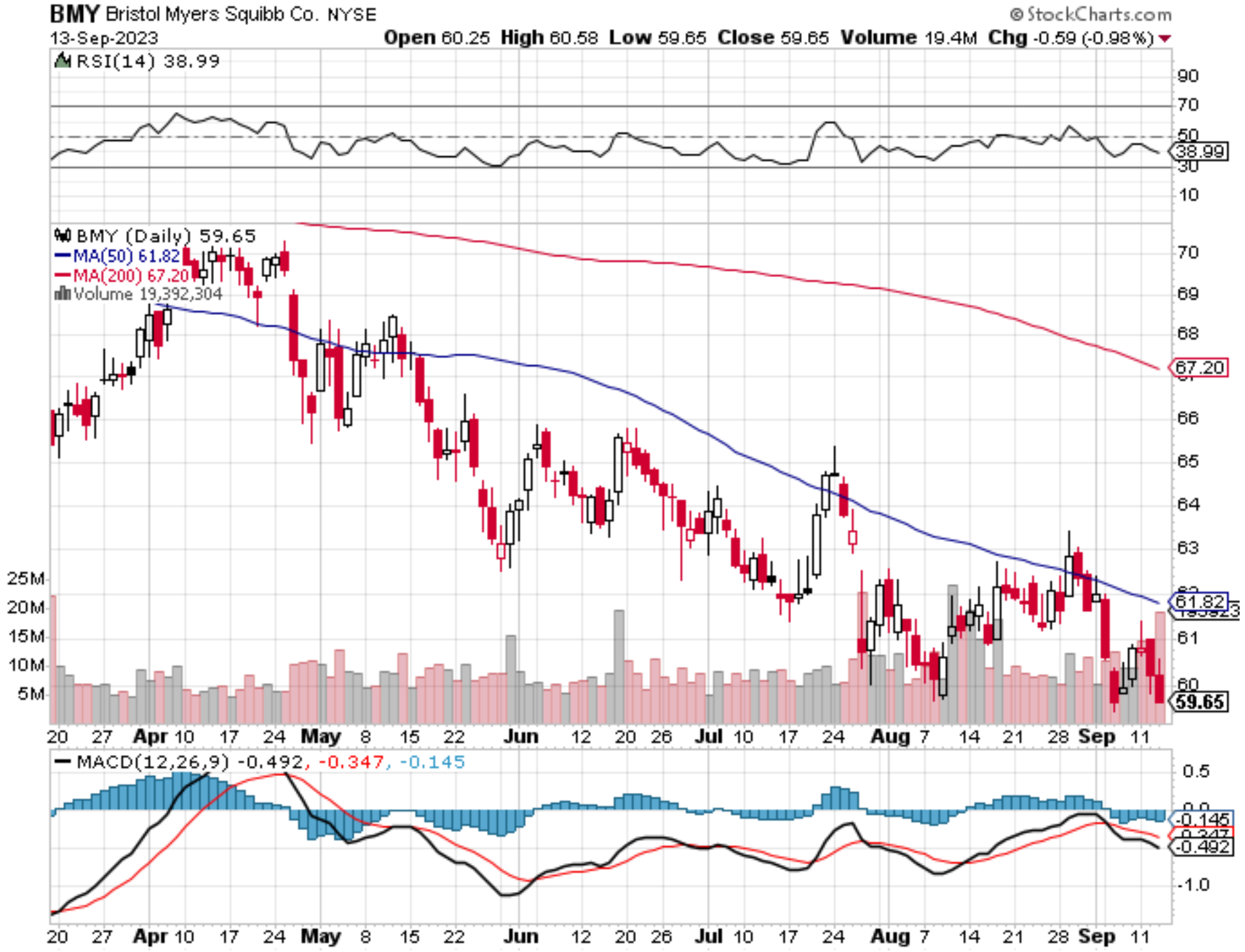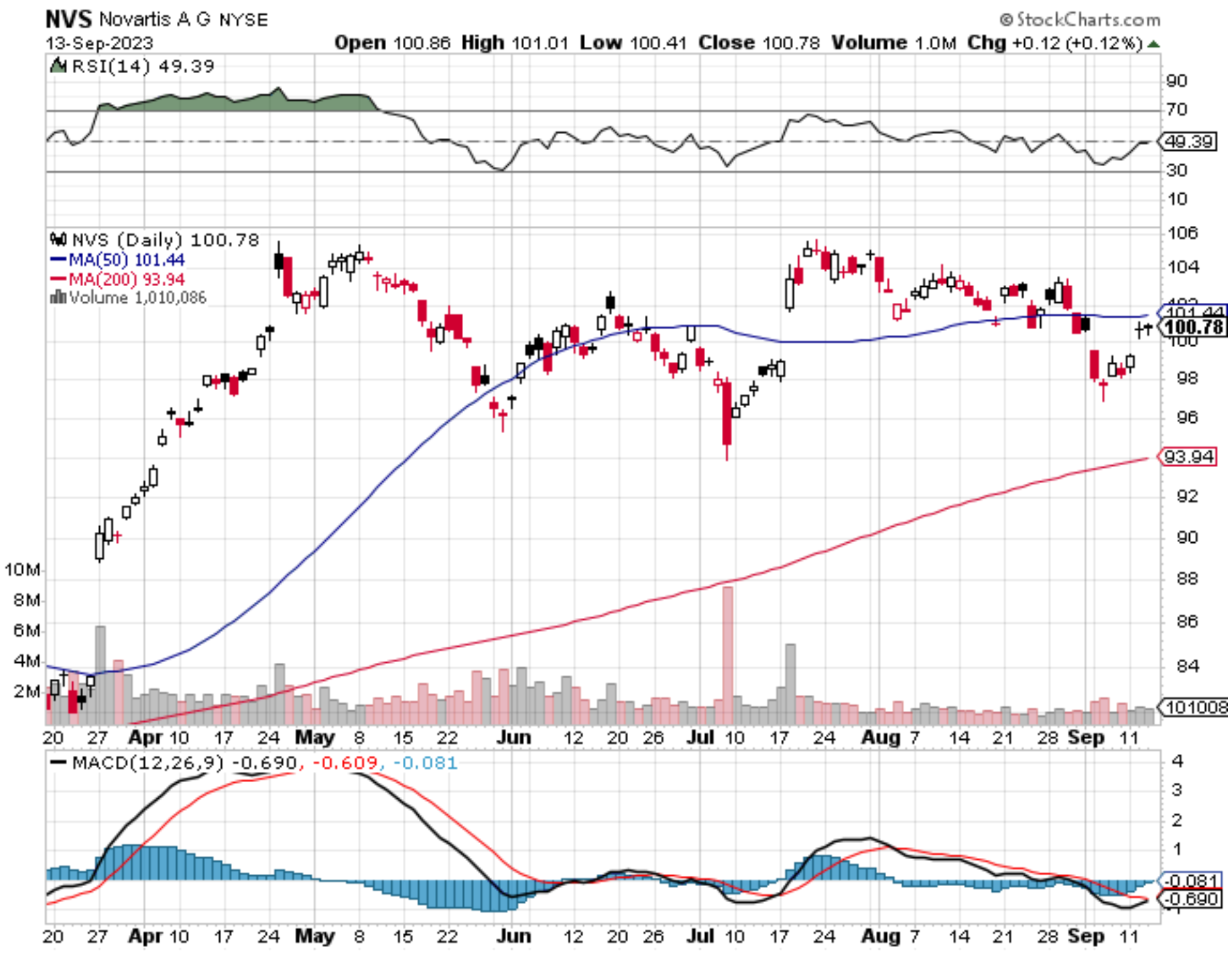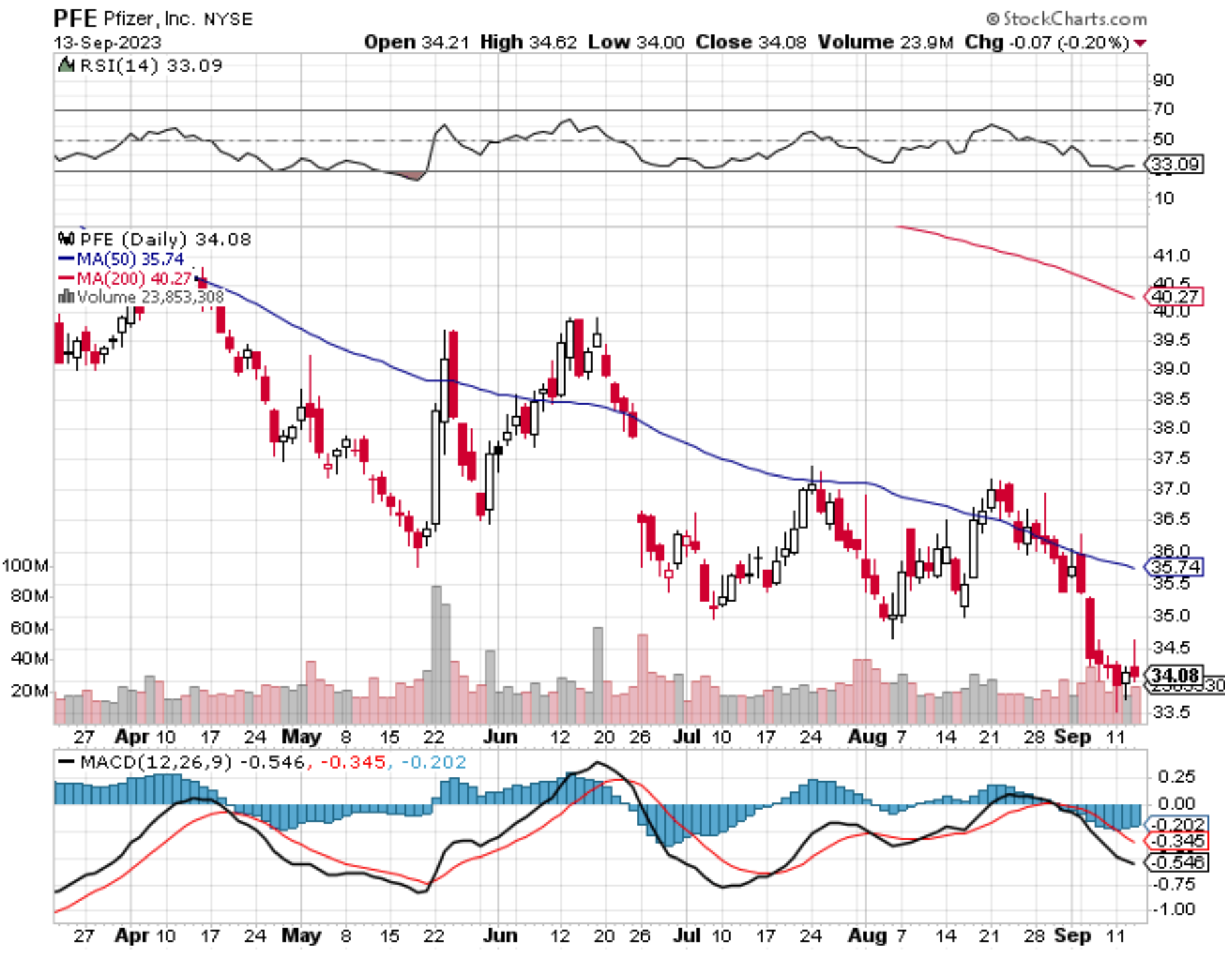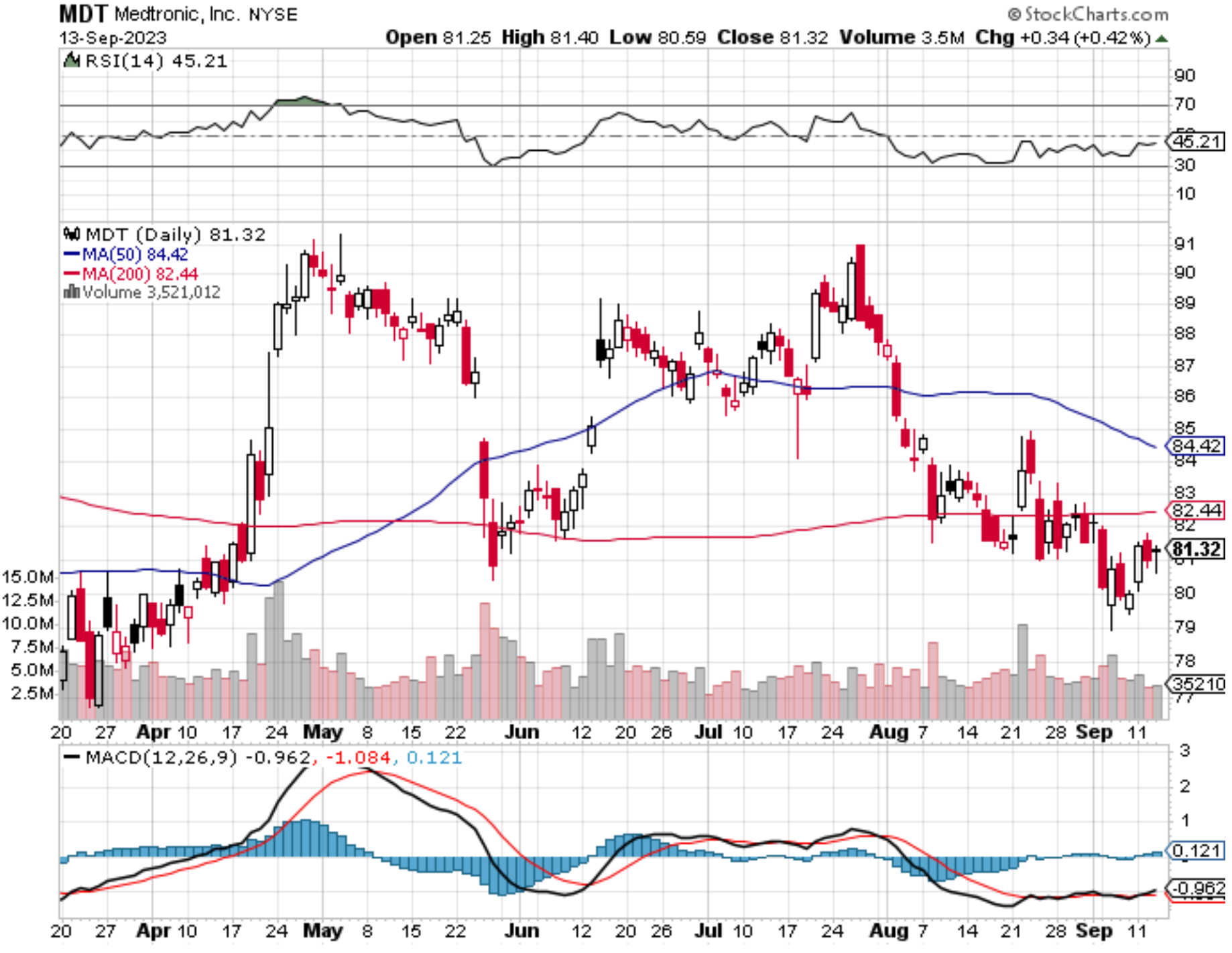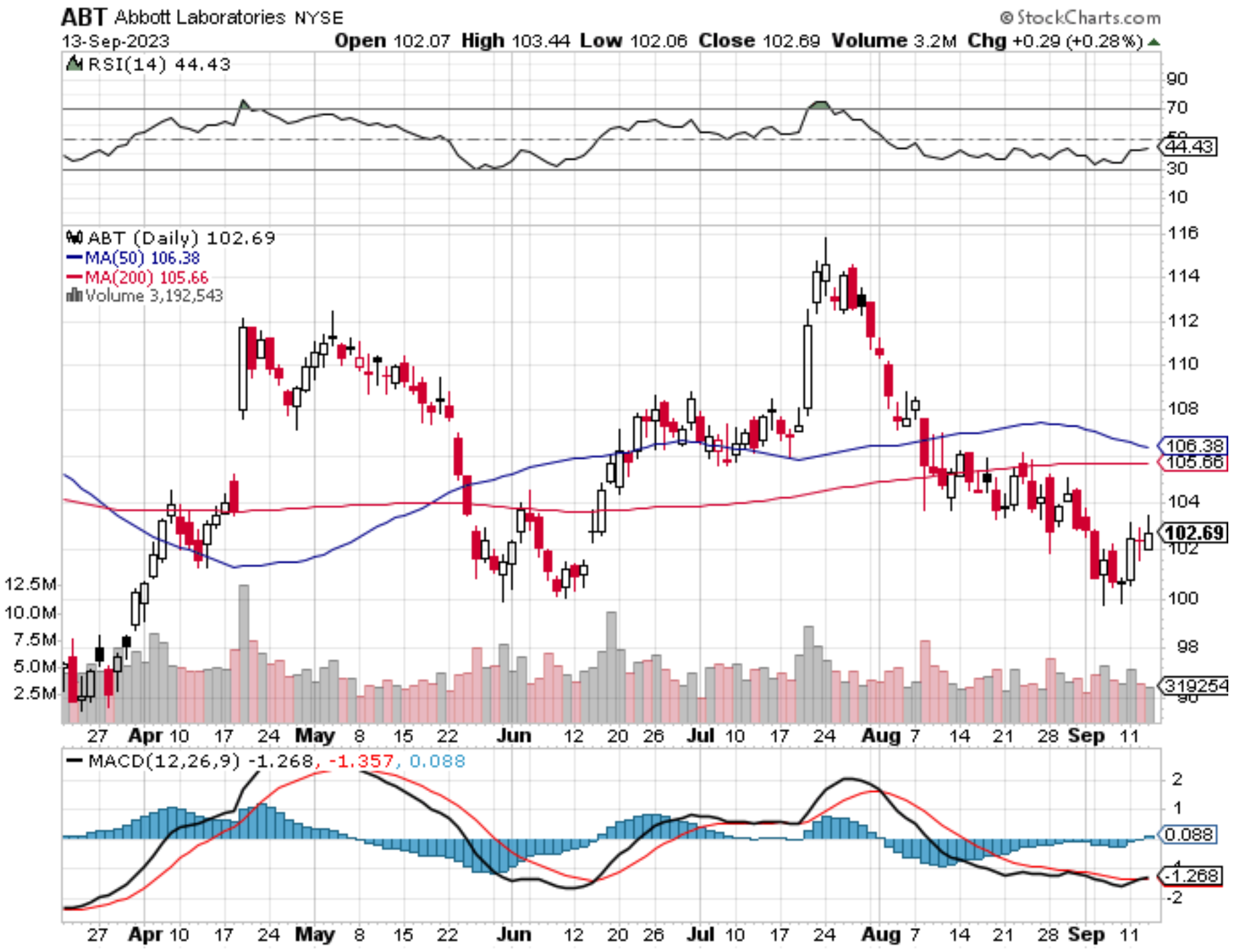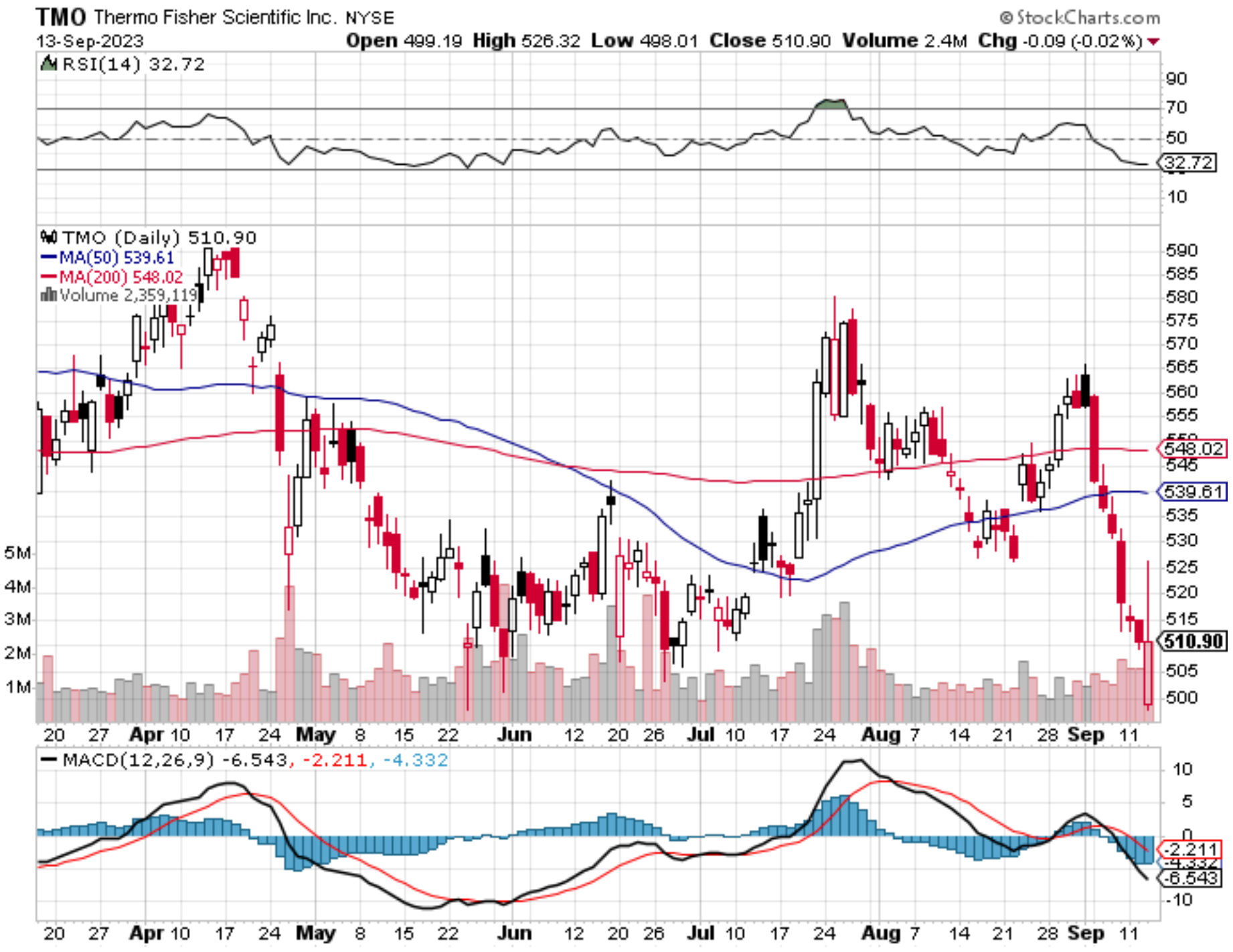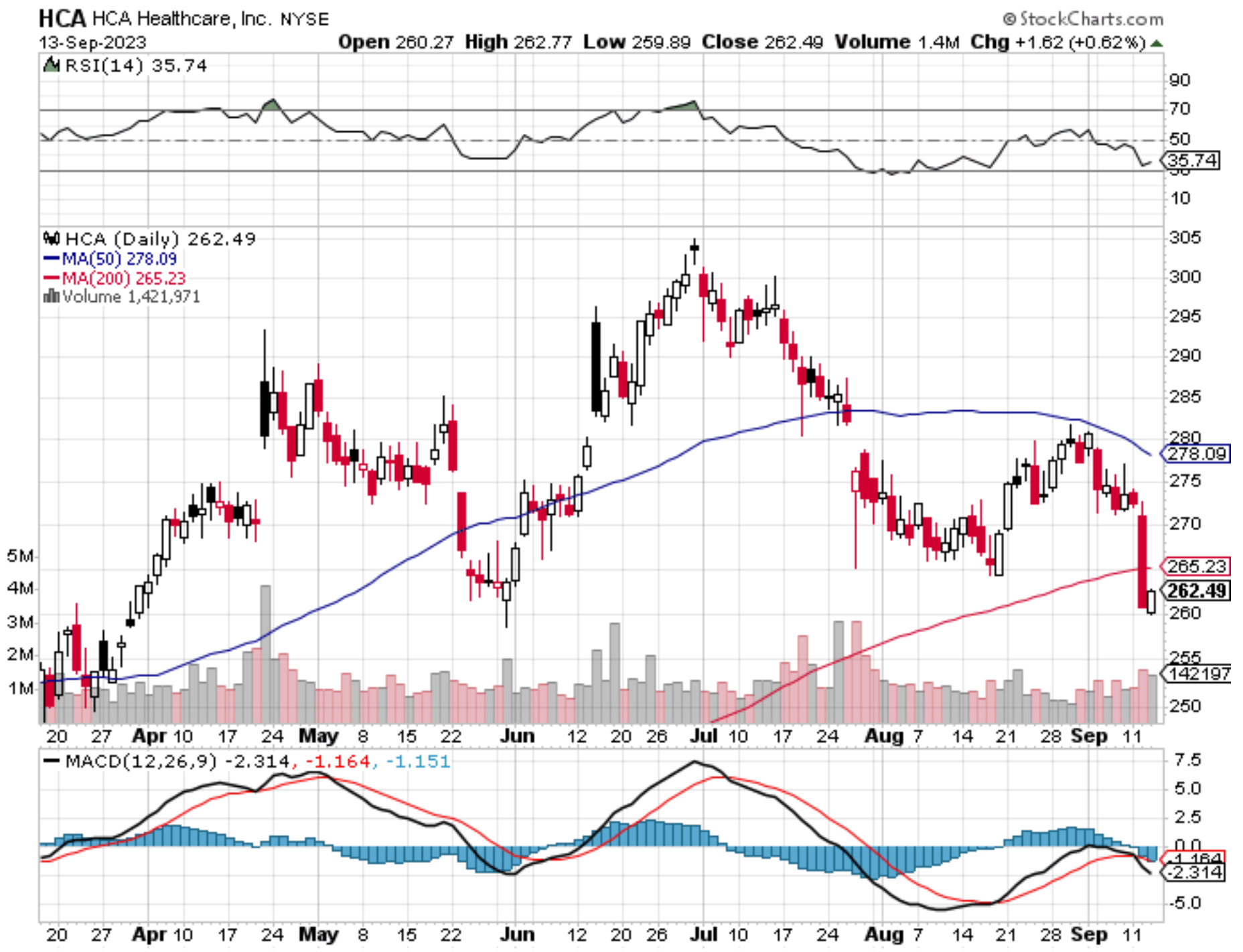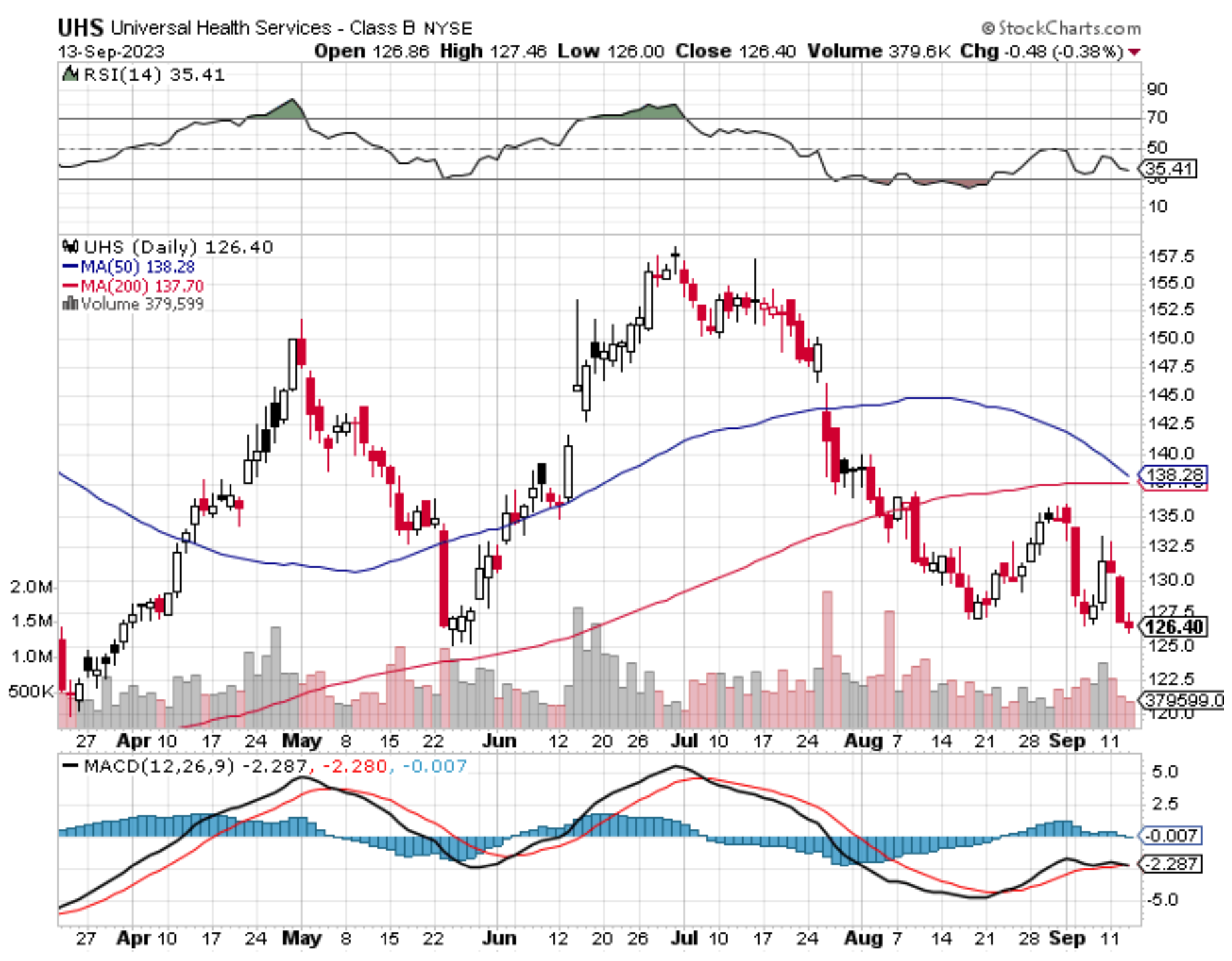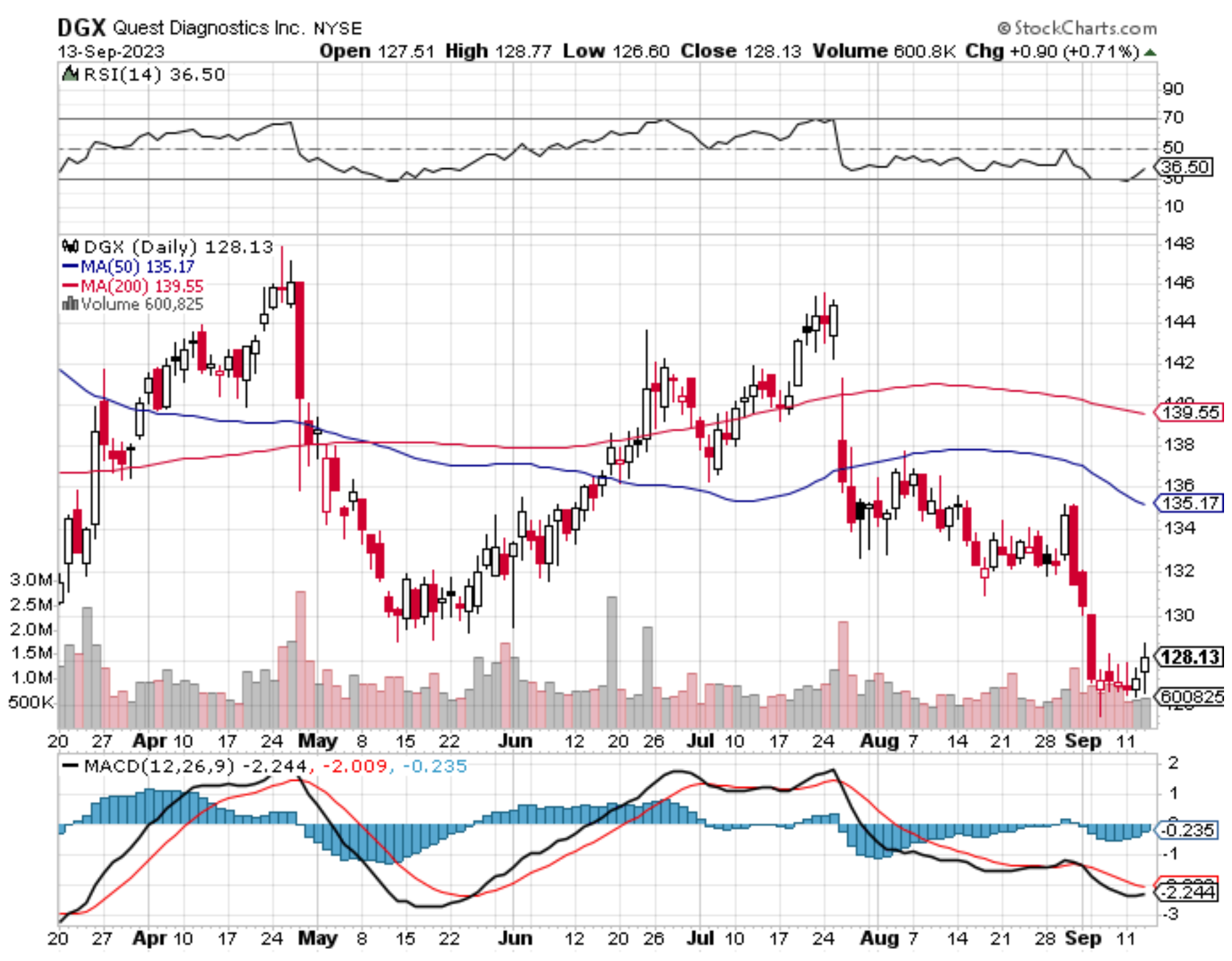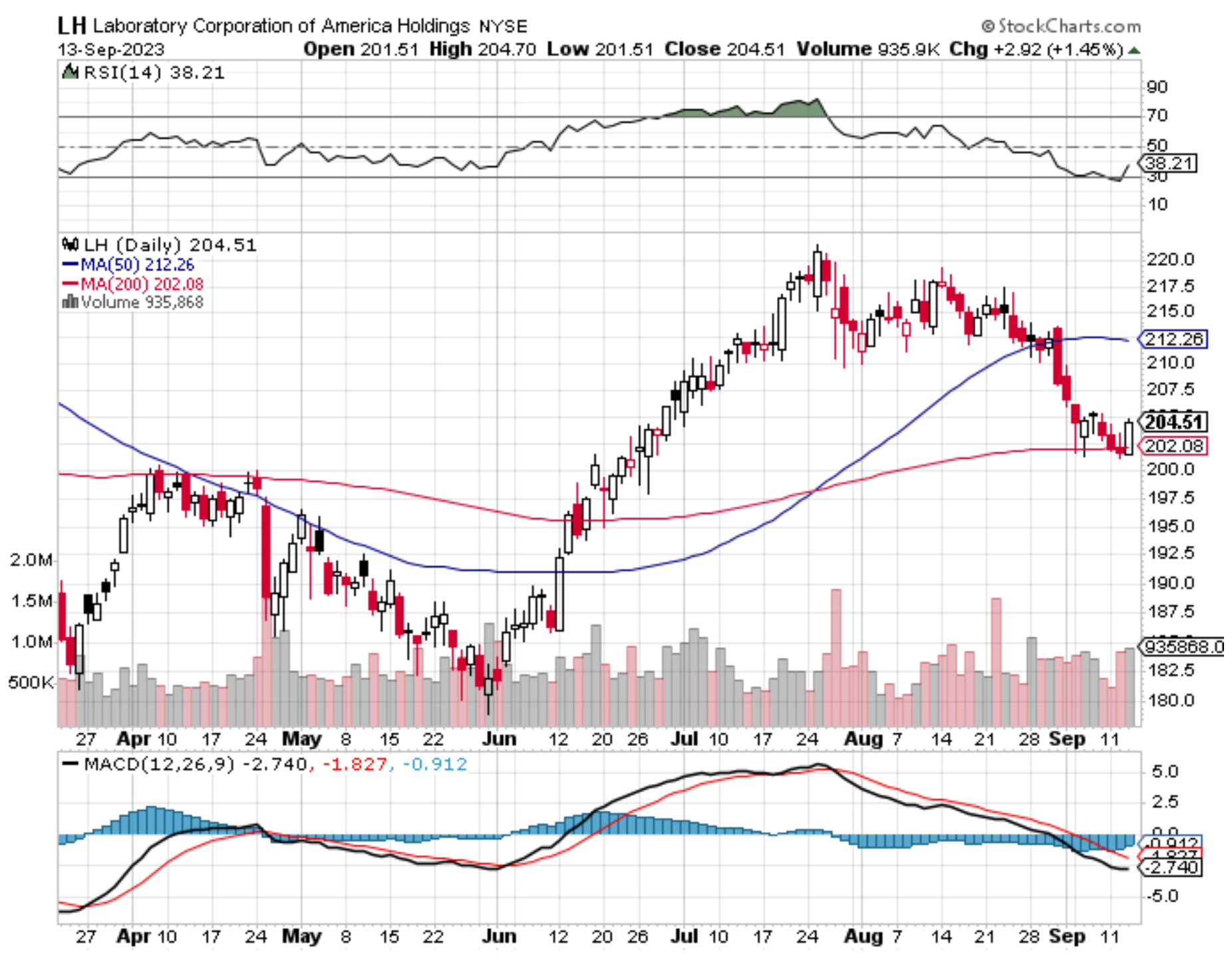Faced with an aging blockbuster pipeline and a competitive landscape where some of its rivals are sprinting ahead, AstraZeneca (AZN) is making a bold move - doubling down on Artificial Intelligence (AI).
This isn't just about keeping up with the Joneses (or in this case, their industry rivals); it's a calculated gamble with the potential to redefine drug discovery. The million-dollar question is: will this tech-savvy move send its shares soaring or just keep it in the running?
Let's address the elephants in the room of drug development. It's a long and winding road, with more dead ends than a maze in a horror movie. The usual grind? Spend ages finding a glimmer of hope in therapy targets and molecules, only for a paltry 21% to get the regulatory thumbs up after clinical trials.
So, you can bet your bottom dollar that if there’s a technology promising to up those odds and speed things up, companies will be jumping on the bandwagon faster than you can say "biotech boom."
And AstraZeneca? They are fully committing to AI, making significant waves in the field.
Case in point: their recent team-up with Absci, an AI drug discovery outfit. They're talking about developing a cancer-fighting antibody, with a potential payout of up to $247 million in milestone payments. If this pans out, it could be the first of many high-fives between the two.
But AstraZeneca's history with AI extends beyond this collaboration. Last September, they put up to $840 million on the line with Verge Genomics, aiming to tackle neurodegenerative diseases.
Add to that their work with Illumina (ILMN) and Nvidia (NVDA) in 2021 for some supercomputing firepower, and you've got a company that's serious about its AI game. They’ve even got a couple of AI-bred candidates in their pipeline, though it’s hush-hush on how those are faring.
And before you think it’s all about the new kids on the block, AstraZeneca has been rubbing elbows with Schrodinger (SDGR) since before 2020, working on making their biological medicine modeling sharper than a tack.
However, AstraZeneca is far from being the lone ranger in this new frontier.
Exscientia (EXAI) and Sanofi (SNY) are pairing up to take on COPD with an AI-driven approach. Meanwhile, BenevolentAI (BAIVF) played matchmaker between baricitinib and its new role as a COVID-19 treatment contender.
Over at Google’s (GOOGL) DeepMind, they’ve cooked up AlphaFold, an AI program adept at unraveling protein structures – a feat that’s akin to finding a map to hidden treasure in drug design.
And let's not forget the big guns. Pfizer (PFE) has teamed up with IBM’s (IBM) AI and supercomputing prowess, a partnership that’s been pivotal in accelerating the development of COVID-19 treatments like Paxlovid.
Novartis (NVS) is another key player, wielding AI to shave years off its drug development timeline, a strategy that could redefine the pace of pharmaceutical innovation.
Not to be outdone, Roche (RHHBY) is utilizing AI for a spectrum of tasks, from target identification to the virtual screening of molecules, illustrating the technology’s versatility in the drug discovery process.
Bayer (BAYRY) is also making a significant bet on AI to uncover new therapies, focusing on areas like immuno-oncology and cardiovascular diseases, areas with immense potential for groundbreaking treatments.
Vertex Pharmaceuticals (VRTX) and Johnson & Johnson (JNJ) are part of this evolving landscape as well, leveraging AI to enhance various stages of drug development. Their involvement underscores the widespread adoption of AI across different phases of the pharmaceutical process, from initial research to clinical trials.
Now, let’s go back to AstraZeneca. Best-case scenario? They cut their R&D budget, which was a cool $9.8 billion in 2022 while keeping the pedal to the metal on their clinical trials.
Worst case? Their AI bets don't pay off big time. But let's be real, with AI tech moving faster than a New York minute, that's looking less and less likely.
So, should you invest in AstraZeneca stocks right now? Not so fast. Jumping on the AI bandwagon isn't a golden ticket on its own.
Remember, everyone and their mother in big pharma is chasing the same AI dream. For now, it’s a case of watch, wait, and see how this fusion of AI and pharmaceuticals reshapes the landscape of drug discovery and development. Keep your ears to the ground – this is one race you don't want to miss.



